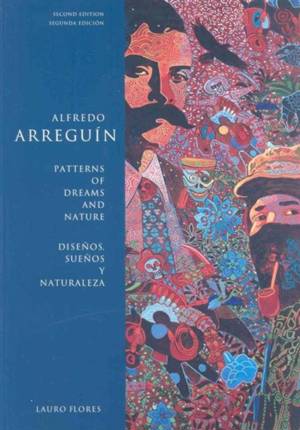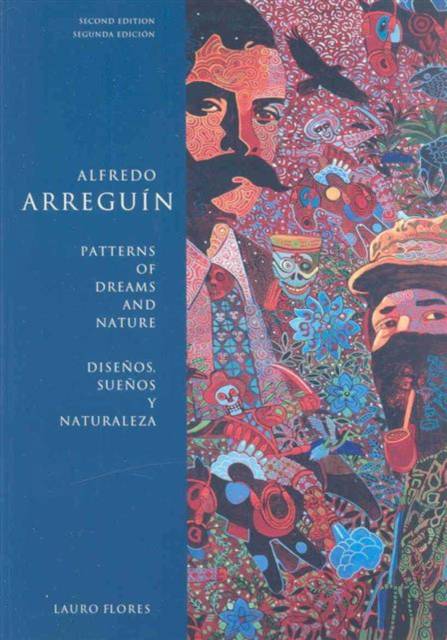
- Retrait gratuit dans votre magasin Club
- 7.000.000 titres dans notre catalogue
- Payer en toute sécurité
- Toujours un magasin près de chez vous
- Retrait gratuit dans votre magasin Club
- 7.000.000 titres dans notre catalogue
- Payer en toute sécurité
- Toujours un magasin près de chez vous
Description
Born in Mexico in 1935 and a resident of Washington State for nearly five decades, Alfredo Arreguín has long been recognized as a major force in pattern painting. His canvases are tapestries that mingle diverse and interpenetrating influences and images: the traditional crafts of his native Michoacán; the lush rainforests of his homeland and of the Pacific Northwest; Japanese ukiyo-e prints; sacred and endangered animals; gods and and totemic figures; icons like Frida Kahlo and César Chávez; and motifs including masks, eyes, and abstractly patterned tiles.
But Arreguin's paintings, for all the apparent flatness of their surfaces, conceal an astonishing depth of perspective. The basis of their composition is a grid of colorful patterns applied to superimposed planes, and below the surface of each completed painting are many others, transformed by the artist's strategic occlusions and erasures. The result is an exuberant, phosphorescent visual interplay in which images combine to form other images, yielding a potent narrative power and pointing up the profound, ambiguous symbiosis between human beings and nature, fiction and reality, and the natural and supernatural worlds.
Lauro Flores reveals Alfredo Arreguin as "a genuinely American painter, in the real, hemispheric sense of this term" - an artist of magic, mystery, and revelation whose place in the history of North American art has already been secured.
Twenty-three new paintings are included in the second edition of this highly regarded book first published in 2002.
Spécifications
Parties prenantes
- Auteur(s) :
- Editeur:
Contenu
- Nombre de pages :
- 208
- Langue:
- Anglais
- Collection :
Caractéristiques
- EAN:
- 9780295987347
- Date de parution :
- 15-08-07
- Format:
- Livre broché
- Format numérique:
- Trade paperback (VS)
- Dimensions :
- 228 mm x 305 mm
- Poids :
- 1215 g







